I wanted to experiment with power over ethernet before adding it into other future projects so created this project to experiment with it and produce somthing usefull at the same time. I have created a guide on how to implement POE from the research during this project, this can be found on by blog.
POE stack light
A POE powered lighting controller supporting both Artnet and HTTP control.
 Tyler Ward (Scorpia)
Tyler Ward (Scorpia)
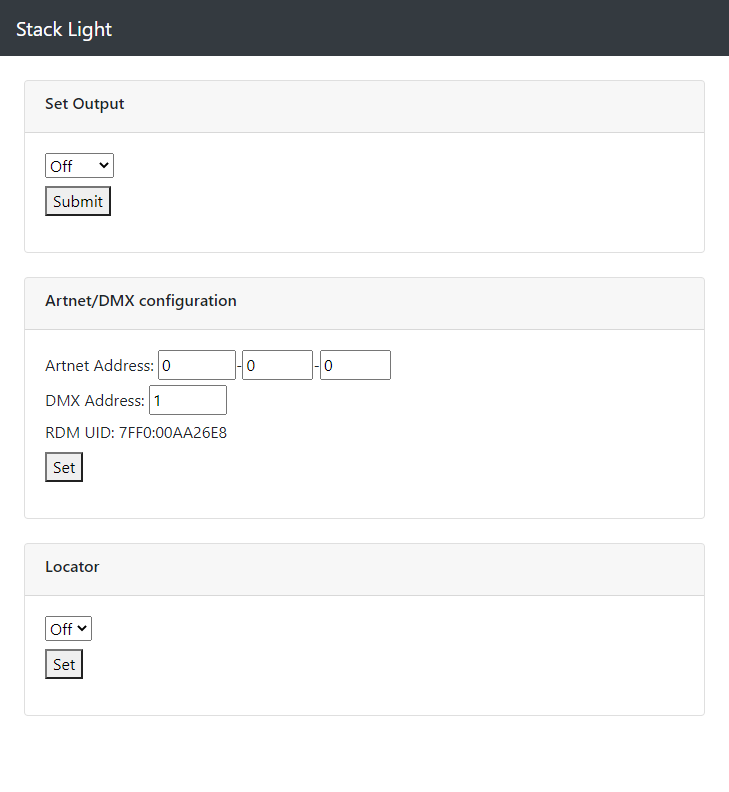
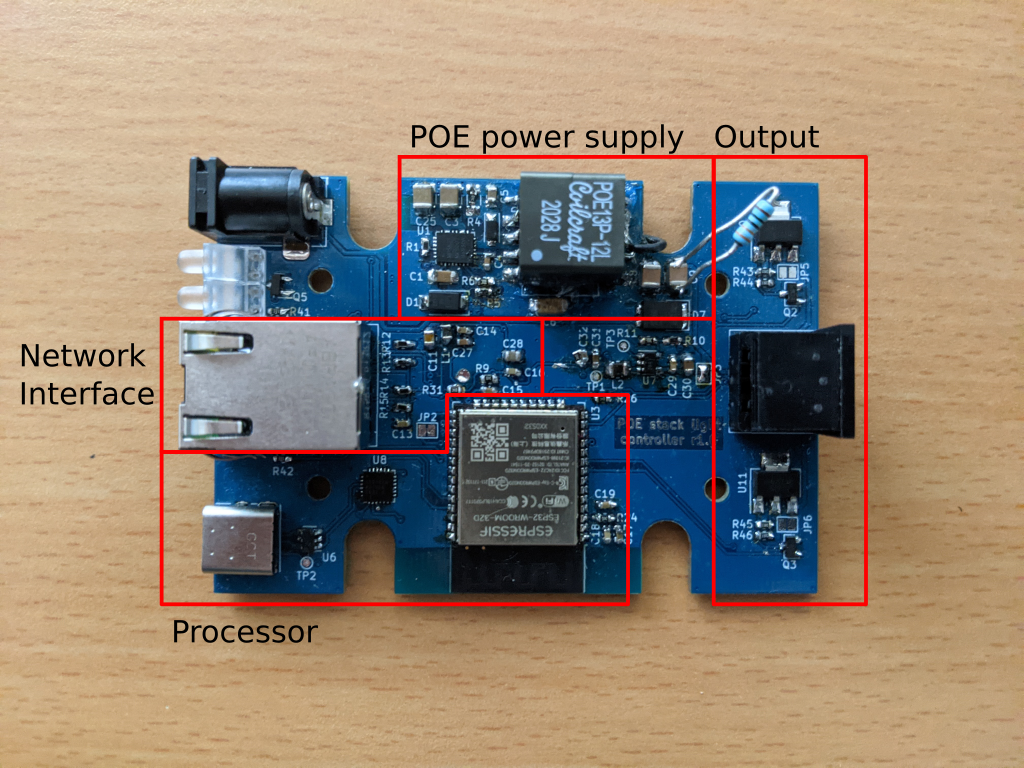

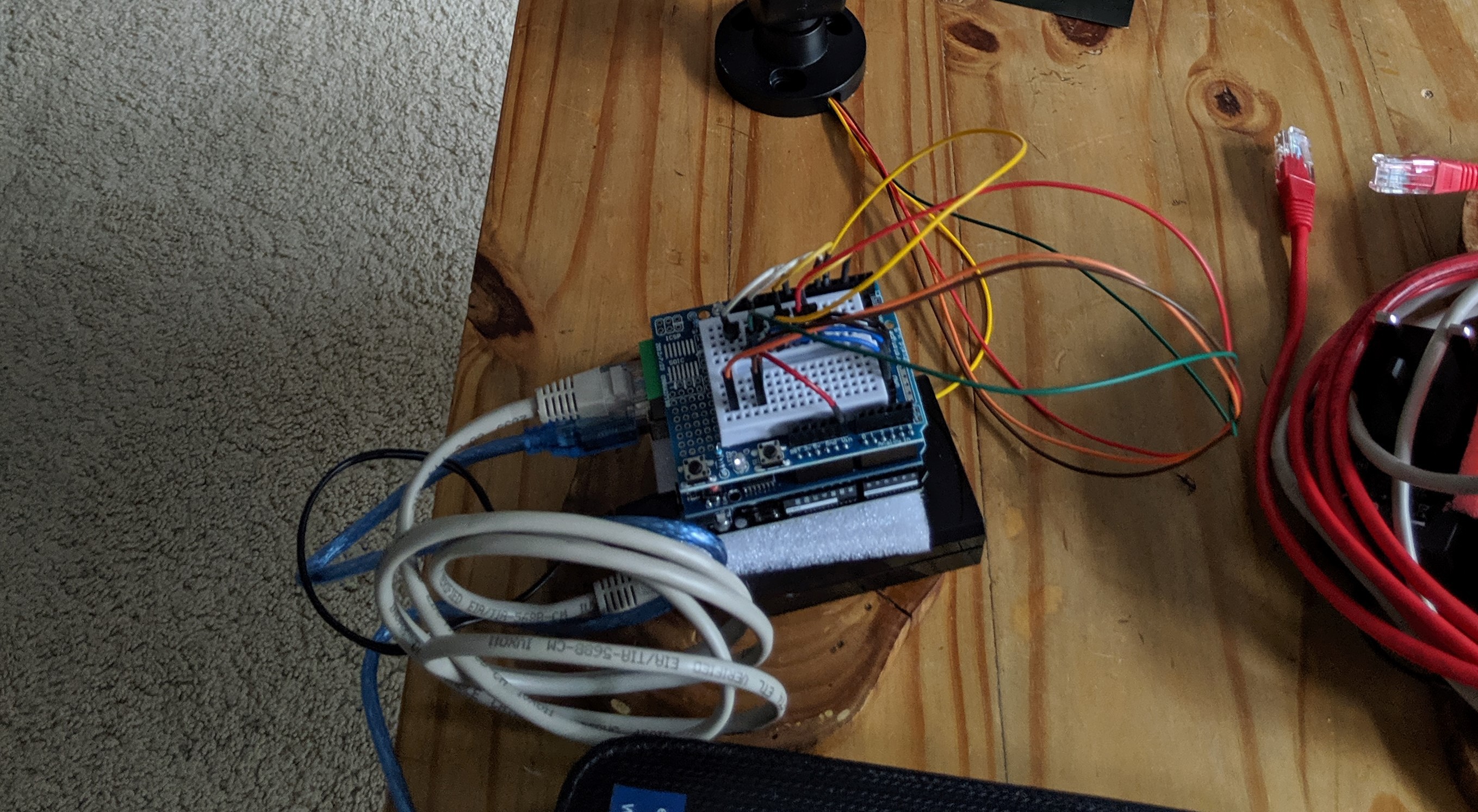
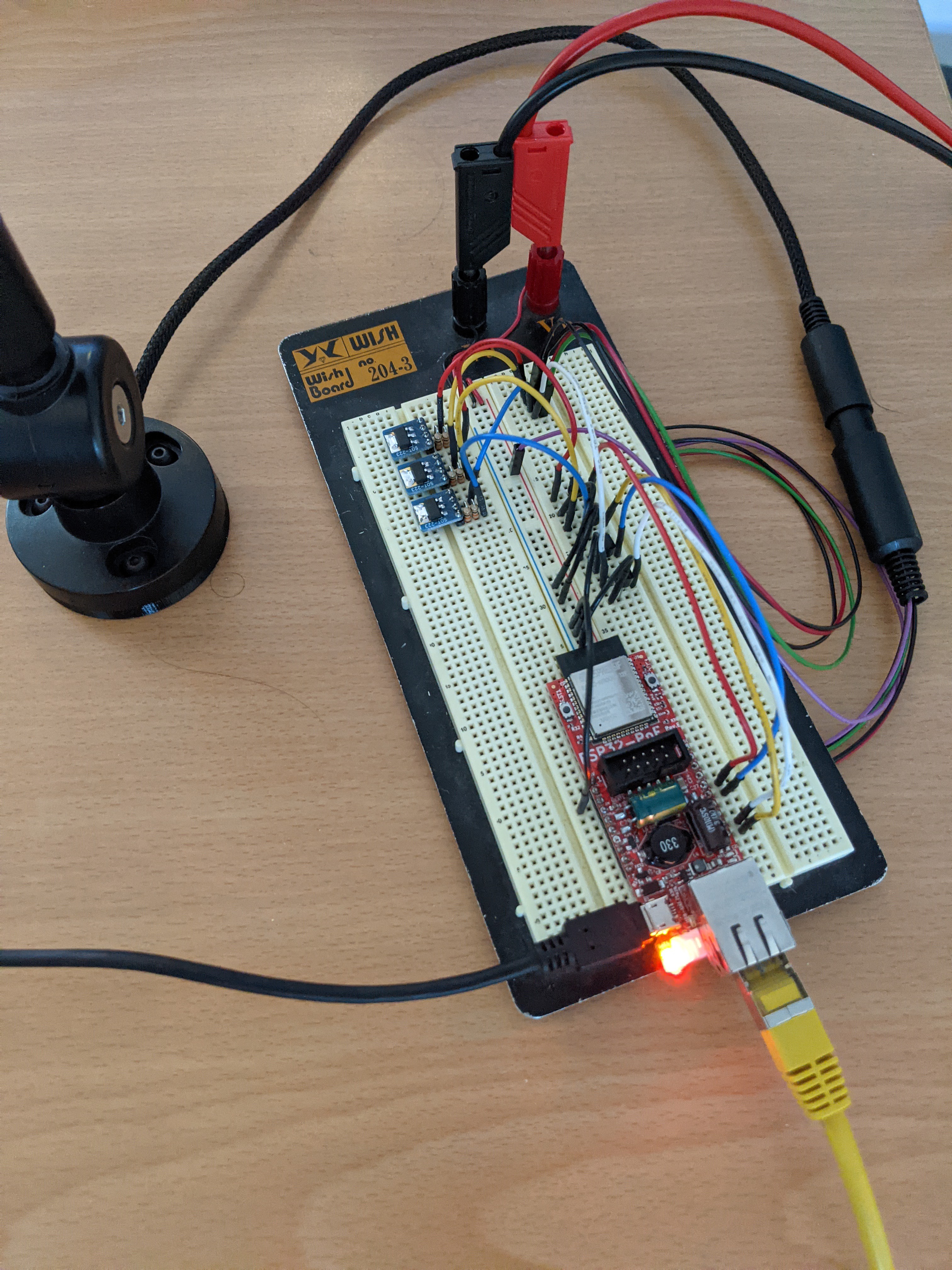

 Pedro Minatel
Pedro Minatel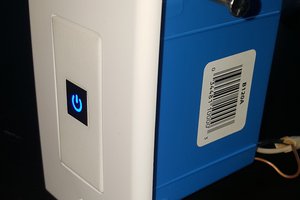
 Joe Menard
Joe Menard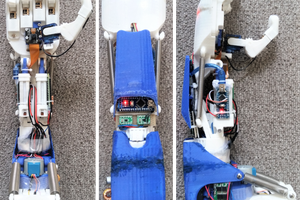
 Nguyễn Phương Duy
Nguyễn Phương Duy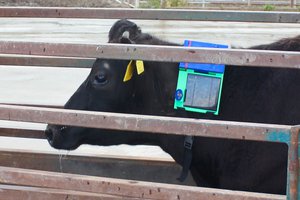
 Alex Muir
Alex Muir